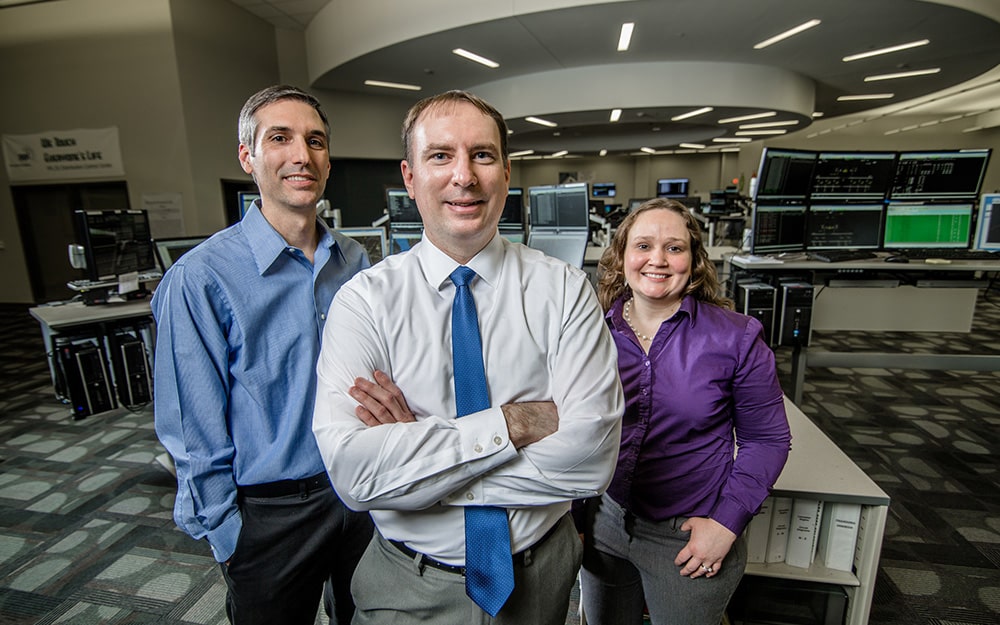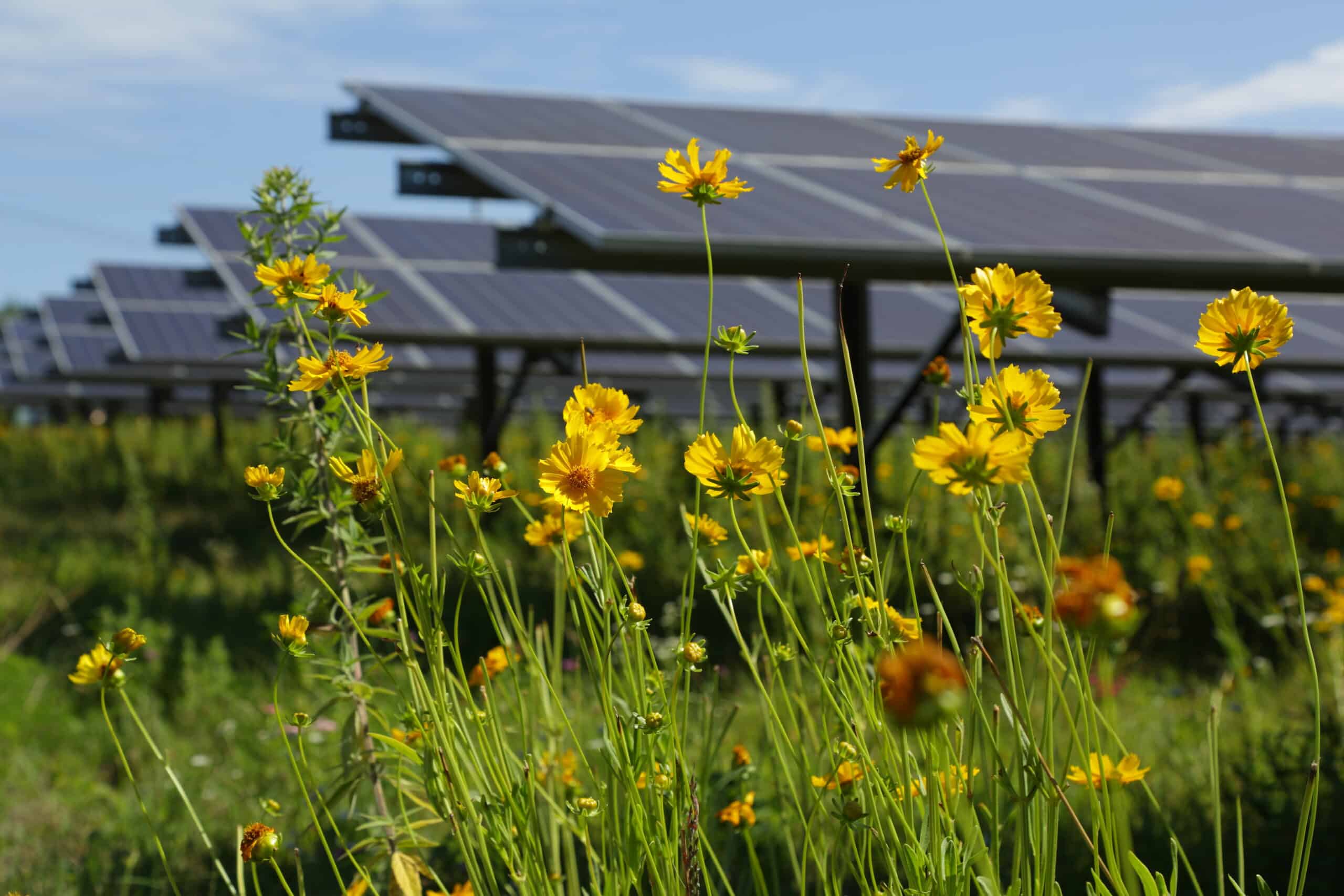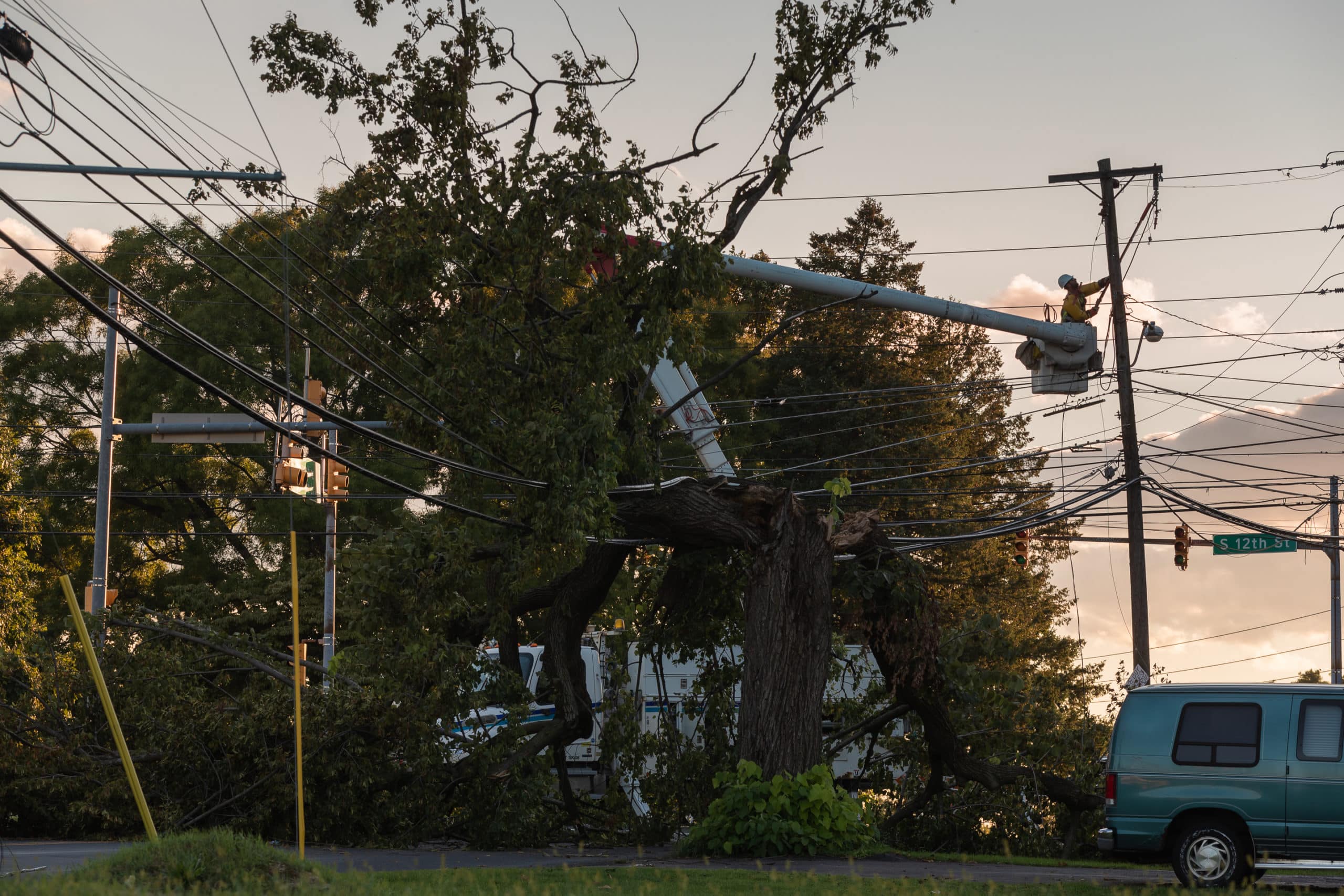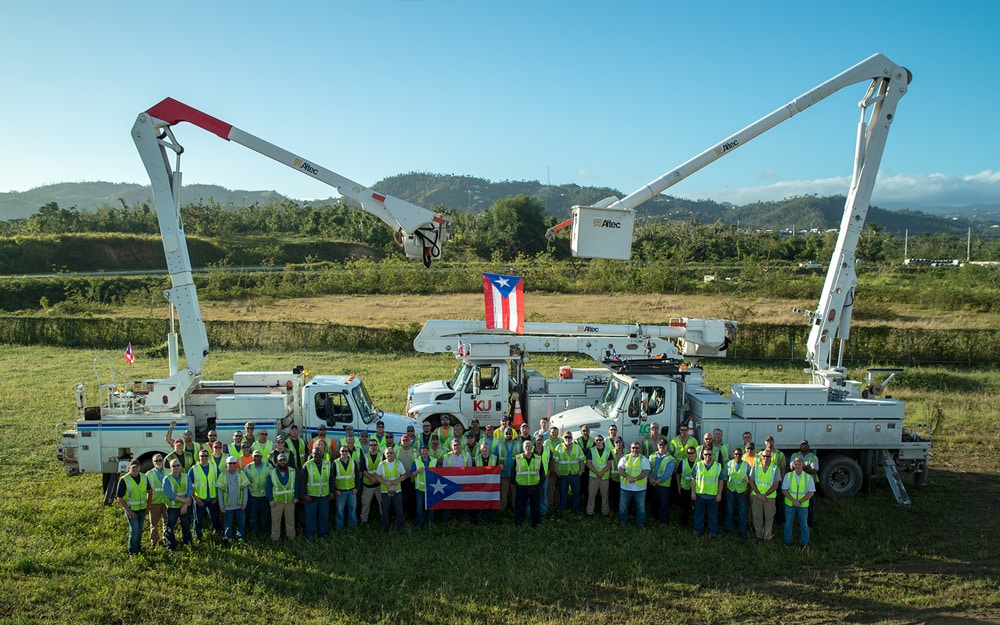Steve Gelatko’s job as director of distribution asset planning for PPL Electric involves overseeing the myriad of activities necessary to turn business strategies into reality. He supervises the development of the company’s distribution infrastructure plans, works to determine the best strategy for implementing those plans and manages resources so those plans can be executed efficiently and effectively.
But despite all the intricate planning details that require his attention on a daily basis, there is one singular goal that drives everything he does: improving reliability.
“The service we provide is a fundamental need in the community,” Gelatko said. “People can’t do much without it. Providing our customers with reliable service needs to be our focus.”
And indeed it is: PPL Electric has invested more than $132 million in automation technology. It’s an investment that has truly paid off. Thanks to its extensive use of smart grid technology, the utility’s distribution system has become one of the most reliable in the country.
In fact, in 2016, PPL Electric reached first-quartile performance in two of the three most common measures of reliability: SAIDI, which measures the average number of minutes customers lose power throughout the year; and SAIFI, which measures the frequency of outages. Significant improvements are also being made in CAIDI, which measures restoration time.
PPL Electric ended 2016 with a CAIDI measurement of 102 minutes, which broke the company’s previous record of 103 minutes set in 2010. The utility also set a new SAIDI record of 71.43 minutes, beating the old record of 76 minutes set in 2015. And its SAIFI score of 0.7, which was slightly higher than 2015’s due to weather events, still ranked in the top quartile among utilities nationwide.
“PPL’s investment in smart grid technology has enabled us to make a leap in resiliency — it’s been a game-changer for us,” Gelatko said. “In 2016, the technology automatically restored more than 110,000 customers. We believe we have one of the most robust and advanced automation systems in the country, and we are working every day to make it even more impactful.”
Smart grid devices are now active on every one of the utility’s 1,200 distribution circuits. PPL Electric believes it is the only large utility in the U.S. that has automated restoration technology on 100 percent of its circuits. This enables power to be restored to customers quickly and automatically — often within a few minutes of a system fault.
Smart grid devices also are making a similar difference on the transmission system. Remotely operated switches divide a line into sections, speeding customer restoration, enabling operators to isolate outages and reroute power to many customers.
In addition to these high-tech developments, other investments have paid off in reduced outages and outage times. Tree trimming, line rebuilds, construction of new lines and equipment upgrades have all bolstered performance on both the transmission and distribution systems. PPL Electric has also conducted an ongoing study on lightning impact on the transmission system and has added increased night and weekend field staffing to help reduce outage durations.
Advanced technology is the norm at PPL Electric, which is constantly looking for new ways to make the system even more sophisticated. Looking forward, Gelatko said the utility will be investing in cutting-edge sensor technology to inform PPL of issues before they happen. In addition, PPL Electric will be working to integrate distributed energy resources, like solar and battery power, into the grid.
“We are building our skills, investing in advanced technology and collaborating with others to build and operate the grid of the future,” Gelatko said. “We’re investing in equipment that just keeps getting smarter so we can better serve our customers.”



